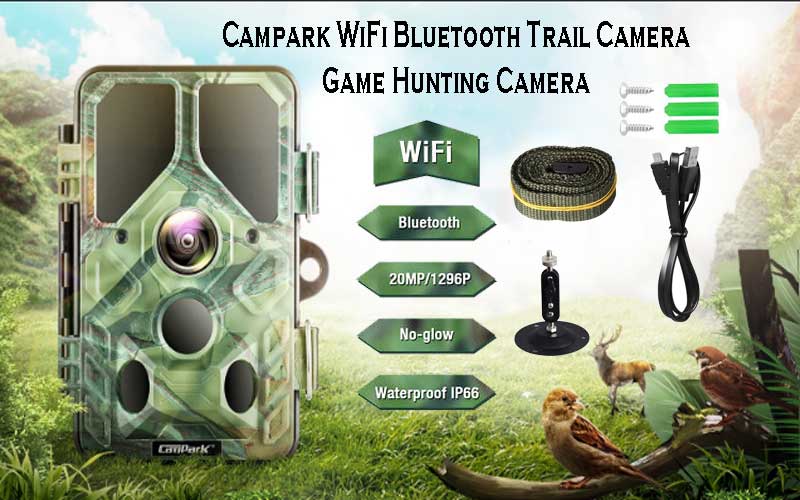
Is Hunting with Cellular Trail Cameras Fair Chase or Cheating?
Last week we published a story about the best cellular trail cameras, where my colleagues and I reviewed various models over several months. The setup process was daunting, but the testing was fun and the results were illuminating. High-quality cellular cameras now cost about $100, making them more affordable than ever. Monthly plans range from $10 to $30. In short, cellular trail cameras are now more affordable and perform better than before.
I also realized how much my hunting strategy has come to rely on cell cameras. I use them to cover major food sources, travel routes, and bedding areas. They help me determine my aggressiveness based on buck activity. If there’s minimal activity, I hunt edges with safe stands. But if I see mature bucks on camera, I’m willing to risk it by going to our best spots. With these cameras, we can hunt as much as we want without over-pressuring mature bucks.
However, as many people push back against the use of cell cams, I started pondering whether it’s ethical to rely so heavily on this technology. Can I still hunt fairly and not let technology replace skill? Am I sliding down a slippery slope?
Cellular Trail Camera Criticism
According to the Boone & Crockett and Pope & Young clubs, the use of cellular trail cameras depends on how they are used. Real-time location data that guides hunters to target animals is not permitted. However, if a hunter pursues an animal captured on camera several days later, it is deemed ethical. The Pope & Young Club follows similar guidelines. The concern is using the technology to assure a kill immediately after seeing a photo, which takes advantage of an unsuspecting animal. While this scenario may not happen often, it still raises concerns.
States like Utah, Nevada, Arizona, Montana, New Hampshire, and Alaska have trail camera bans or restrictions. Therefore, it’s important to check local regulations, especially in public lands.

Considering these regulations, I started questioning whether I can hunt ethically while using cell cams. Can I avoid making real-time decisions based on camera data? Can I ensure my hunt aligns with fair chase standards?
The Case for Hunting with Cellular Trail Cameras
Running cellular trail cameras is fun, and they provide quality photos throughout the season. They can be useful in areas where human disturbance needs to be limited, such as bedding areas and difficult-to-access ridges. By hunting strategically with cell cams, we disrupt fewer deer and give them the space they need to feel safe. This aligns with fair chase ethics and our responsibility as stewards of the land and the herd.
Even with the help of cellular trail cams, it’s still challenging to pattern and tag mature bucks, especially in areas with heavy hunting pressure. The randomness of the rut and the chaos of gun season make it difficult to consistently hunt a single mature buck based on trail cam data. Most successful hunts still involve a combination of luck and skill.
Cellular trail cameras don’t feel like cheating because mature bucks still outsmart us most of the time. They provide useful data on buck activity, but we still need to put in the time and effort on stand to have a chance at a good buck. The cameras enhance our hunting experience without guaranteeing success.
Final Thoughts on Hunting with Cellular Trail Cameras
Situational ethics should guide hunting discussions surrounding cell cams. In some scenarios, such as common whitetail hunting situations, cellular trail cameras can still be used for fair chase. However, in other cases, such as hunting over water sources on drought-ridden public lands, cell cams may provide an unfair advantage over game. In those cases, it’s up to state agencies to set regulations. In all other situations, limitations should be left to the discretion of individual hunters. Ultimately, hunters should be aware of what fair chase means and make ethical decisions accordingly.

A skilled hunter, dedicated conservationist, and advocate for ethical practices. Respected in the hunting community, he balances human activity with environmental preservation.
